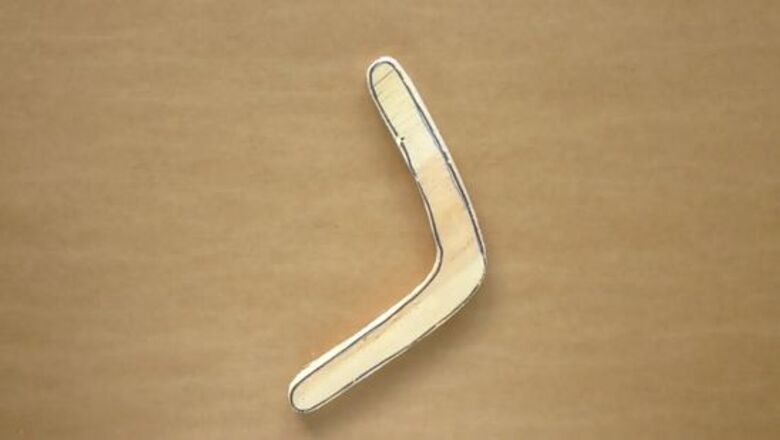
views
A Wooden Boomerang
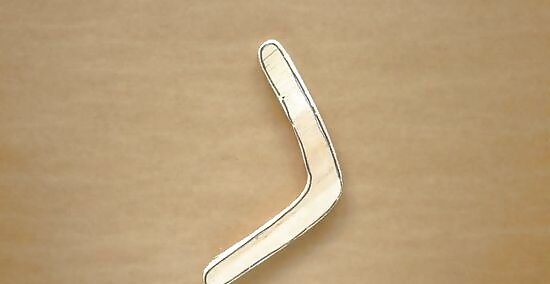
Trace your pattern onto plywood and use a saw to cut out the shape. There are many types of boomerang designs to choose from and a good pattern can be found online. You also need some sort of saw that can cut curves, such as a scroll saw, band saw, coping saw or bow-saw. Not all plywood is the same. Use Baltic or Finnish birch; something sturdy. If making the standard "V"-shape boomerang, the 107 degree angle size is not critical, just optimum. It can be more or less than 107 degrees. If you make the angle greater than 107 degrees, know that the rotation plate becomes small and it can be difficult to keep the boomerang spinning.
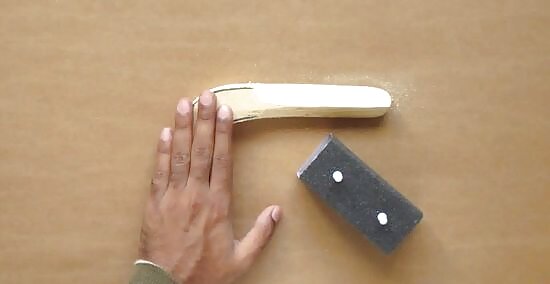
Shape the airfoil. Use ether a sanding block (and a lot of elbow grease), a belt sander, or an orbital sander to give each side of the boomerang an airfoil shape. The direction the airfoil faces depends on the hand with which you throw. First, mark the top of the boomerang. As with airplane wings, the airfoils on a boomerang have a leading and a trailing edge. The leading edge is a quarter-round shape and the trailing edge tapers off the top of the boomerang like the cross-section of a typical airplane wing. Mark the two leading edges and the two trailing edges so you do not file them incorrectly. The bottom face of the wing is completely flat. Lay out the leading and trailing edges of the wings based on which hand will do the throwing. A marking gauge can be used for this (or the old trick of holding a finger against the edge). Mark in on the top the distance that the contour retreats back from the boomerang’s edge to its top surface. The quarter-round shape generally extends about 1/4″ (6 mm) from the edge, while the trailing edge extends about 1″ (2.5 cm) to 1 1/2″ (3.8 cm) into the material. Note that you only have to shape one face of the plywood. The other face is left flat. The traditional Australian boomerang has positive dihedral (an angle formed by two plane faces). The best choice is to find a position in which the boomerang wings tips are up.
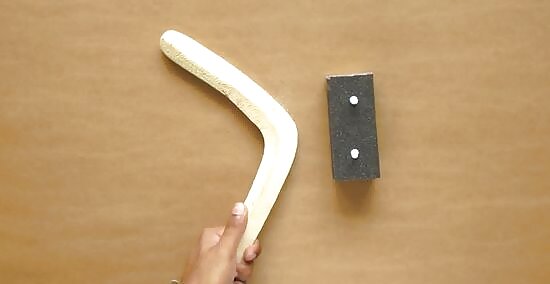
In the middle of the boomerang, blend the two airfoils together. The boomerang needs leading and trailing edges, just like an airplane. In addition, you want the whole surface to be smooth. Remove all the rough wood protrusions. Shape the airfoil with rasps, files and sandpaper. There are a variety of rasps available out there. No. 49 and 50 cabinet rasps are good places to start. The optional finishing touch to shaping the airfoil is to slightly bevel the back edge of the wing (if you wish).

Give it a final sanding with fine grit paper. Then, apply a thin coat of spray paint or clear lacquer to help protect the boomerang and make it look nice. Don't decorate the boomerang until you're sure you're all finished. Take it out for a test drive before you break out the paints.
An Origami Boomerang
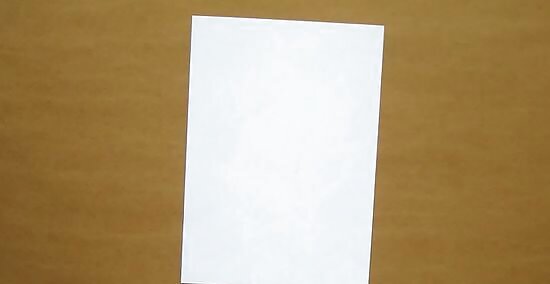
Grab a sheet of printer paper. A4 paper works, fine too. Either way, work with something similar to 8.5" x 11" (21.6 x 28 cm). Normal, run-of-the-mill paper is best. Cardboard or stock paper is unnecessary.
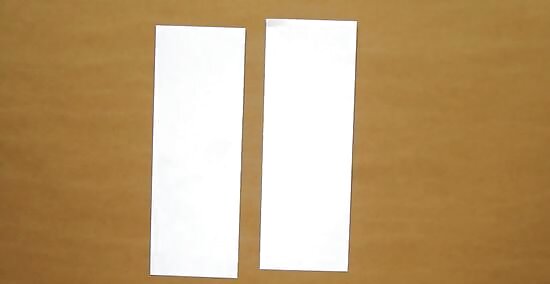
Fold it in half, hot dog style (the long way). It's important to be as precise as possible. Make a firm crease along the top of the paper, fold it backwards along the same crease, and split it in half.
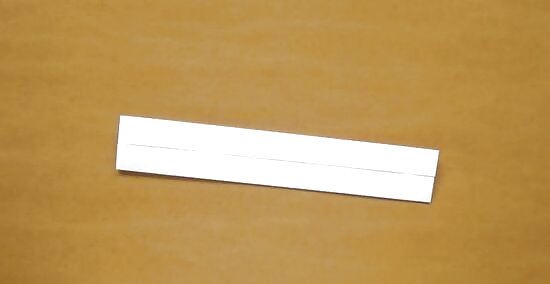
Fold it in half again, the same way. The firmer the crease, the better. Open the paper, and you now have a line directly in the middle. Use the line to fold twice more. Fold each side directly next to this line. Not on top of it, but right next to it. If you fold it on top, it may become too bulky. We're talking millimeters away here. Make two more firm creases.
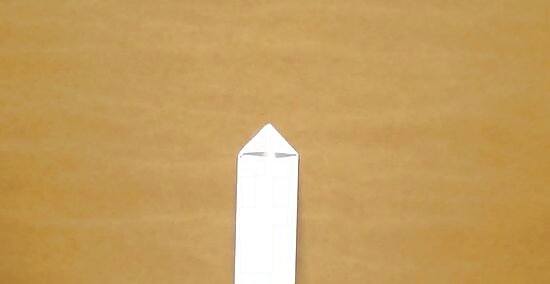
Fold, fold, fold. Take one end of the paper and fold it onto the other. Fold it so it becomes half the length it once was. Line it up edge to edge, line to line. At the end, make a crease. Take both corners where the crease is and fold them into the center. This forms two little triangles next to each other. Unfold them and fold them backwards. Open it up and tuck the folded corners in. Then, reclose the flaps. Do this with both sides. You should now have a screwdriver-like shape.
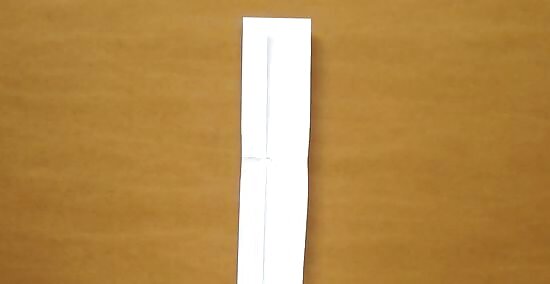
Unfold the entire paper except for the original left side. Your paper should now be as long as possible, right side unfolded, left side folded in. You'll see a diamond underneath the right fold. Make the creases of that diamond firm and distinct.
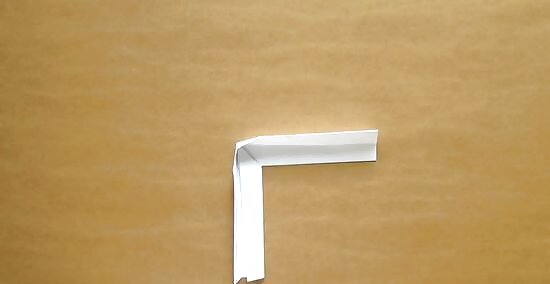
Close the top half of the right side. Squash the diamond, folding the corner of the diamond up against the top right of the paper. You should now have a loose "L" shape. Fold the bottom left side into the pocket of the "L" shape.
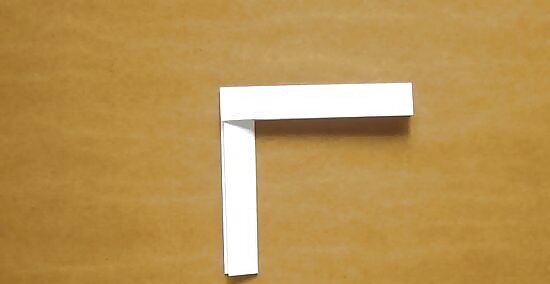
Fold down the left side. This should create a mountain shape where the two perpendicular lines meet. Take the right side and fold it down, forcing the mountain to the left.
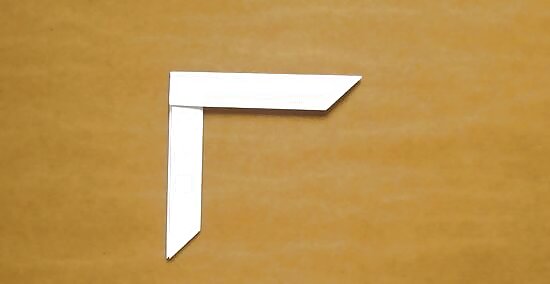
Take the bottom layer of the left side and lift it up. Place what was the top layer on the bottom, leaving the end (or pocket) open. Fold the end original bottom layer into the pocket, inverting the sides. You now have a very distinct L shape. Open either end and fold down the edges into two triangles. Unfold the one on the right, but not the one on the left. Open the right side, tucking the corner in. Then, open the left side triangle, close the boomerang and place the edge sticking out in the pocket you just formed on the right. It's a good idea to flatten every edge once created. Repeat for the other side. Make sure the model is really neat; every crease should be streamlined. If it's not, it won't fly well.
A 4-Winged Cardboard Boomerang
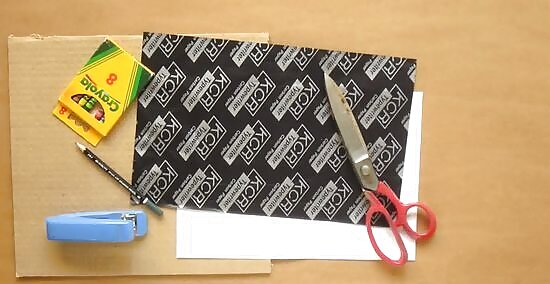
Assemble your materials. This boomerang is lightweight, easy to make, cheap to put together, and ideal for a kid's project in an afternoon. Clear the table and let's get started. Grab the following: Tracing paper Pencil Cardboard Scissors White glue or stapler Colored markers or crayons
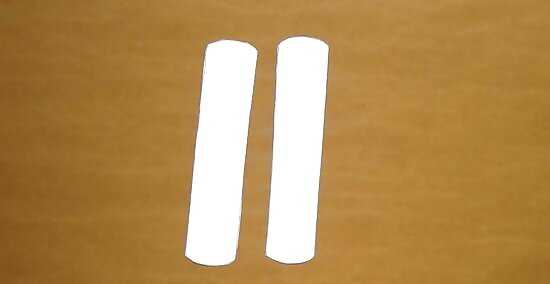
Trace the outline of the blade pattern onto paper. A good basic one can be found online. Cut out the pattern. If you don't have a printer, you'll be working with two strips of cardboard, roughly 5" (13 cm) long and 2.5" (6.3 cm) wide.
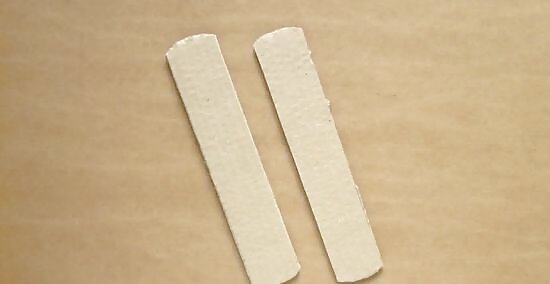
Lay the pattern over the cardboard and trace. Do this twice and cut out your two blades. Make sure the blades are the same size. If they're not, shave one down to match the other.
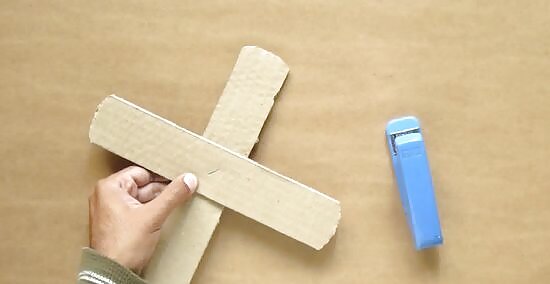
Staple or glue the 2 blades into an X shape. Measure the blades so that they intersect at the very middle. If your blades aren't evenly placed, your boomerang will be unbalanced and will not fly.

Decorate with markers or crayons. Do not attach anything that will weigh your boomerang down. Use colors in any medium, stickers, or glitter.
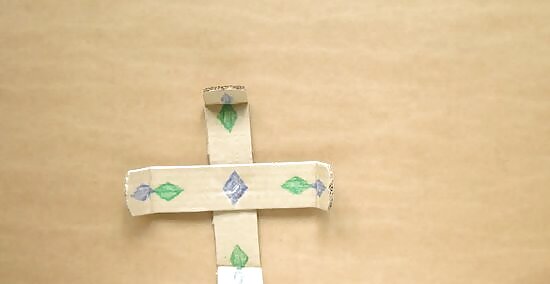
Fold the ends of each cardboard strip. The folds should be about 1" (2.5 cm) from the end of each blade. To fly the boomerang, hold it vertically with the ends curved toward you. Snap your wrist as you let it go. Adjust the flaps as necessary. This method can be replicated with popsicle sticks. As long as the sticks are slightly curved, 2 sticks glued in the center are all you need.


















Comments
0 comment